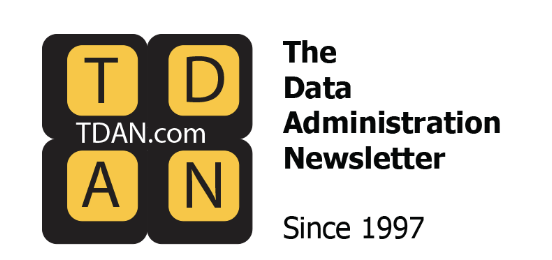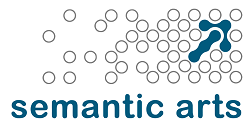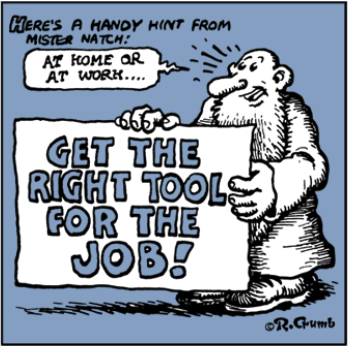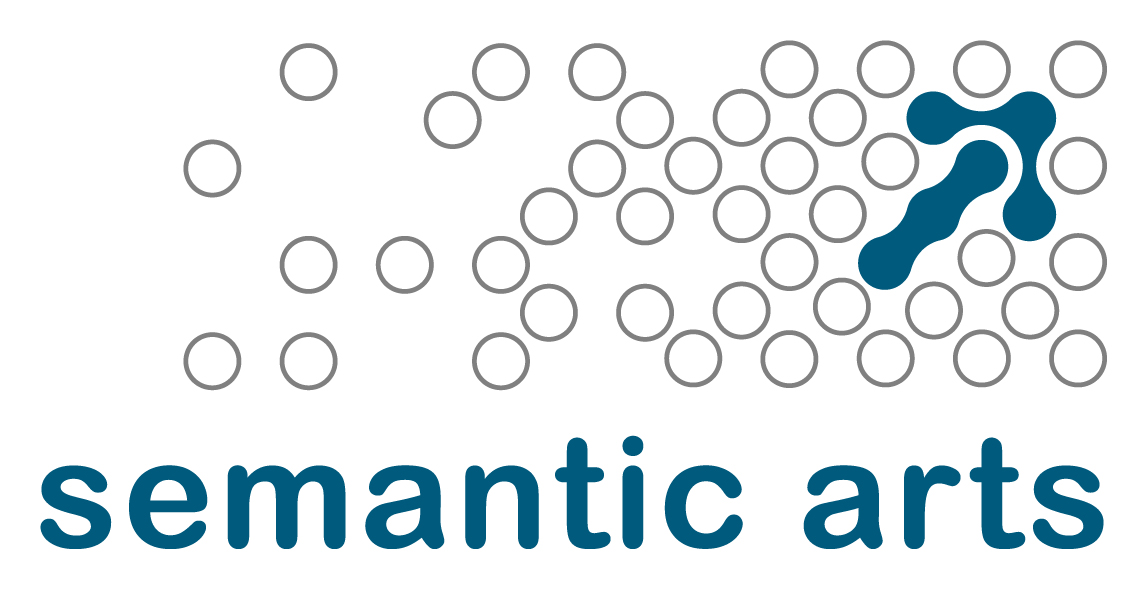Many developers pooh-pooh OWL (the dyslexic acronym for the Web...
The Greatest Sin of Tabular Data
We recently came across this great article titled "The greatest...
Software Development process expressed in a Knowledge Graph
More times than not we receive pushback on the use...
Resisting the Temptation of Fused Edges
Fused Edges If you are doing domain modeling and using...
Get the gist: start building simplicity now
While organizing data has always been important, a noticeably profound...
The Data-Centric Revolution: Headless BI and the Metrics Layer
Read more from Dave McComb in his recent article on...
How to SPARQL with tarql
To load existing data into a knowledge graph without writing...
Incremental Stealth Legacy Modernization
I’m reading the book Kill it with Fire by Marianne...
SHACL and OWL
There is a meme floating around out in the internet...
The Data-Centric Revolution: Avoiding the Hype Cycle
Gartner has put “Knowledge Graphs” at the peak of inflated...
